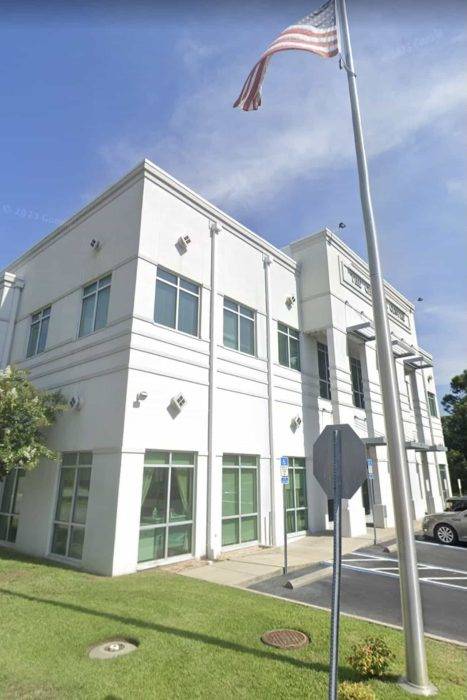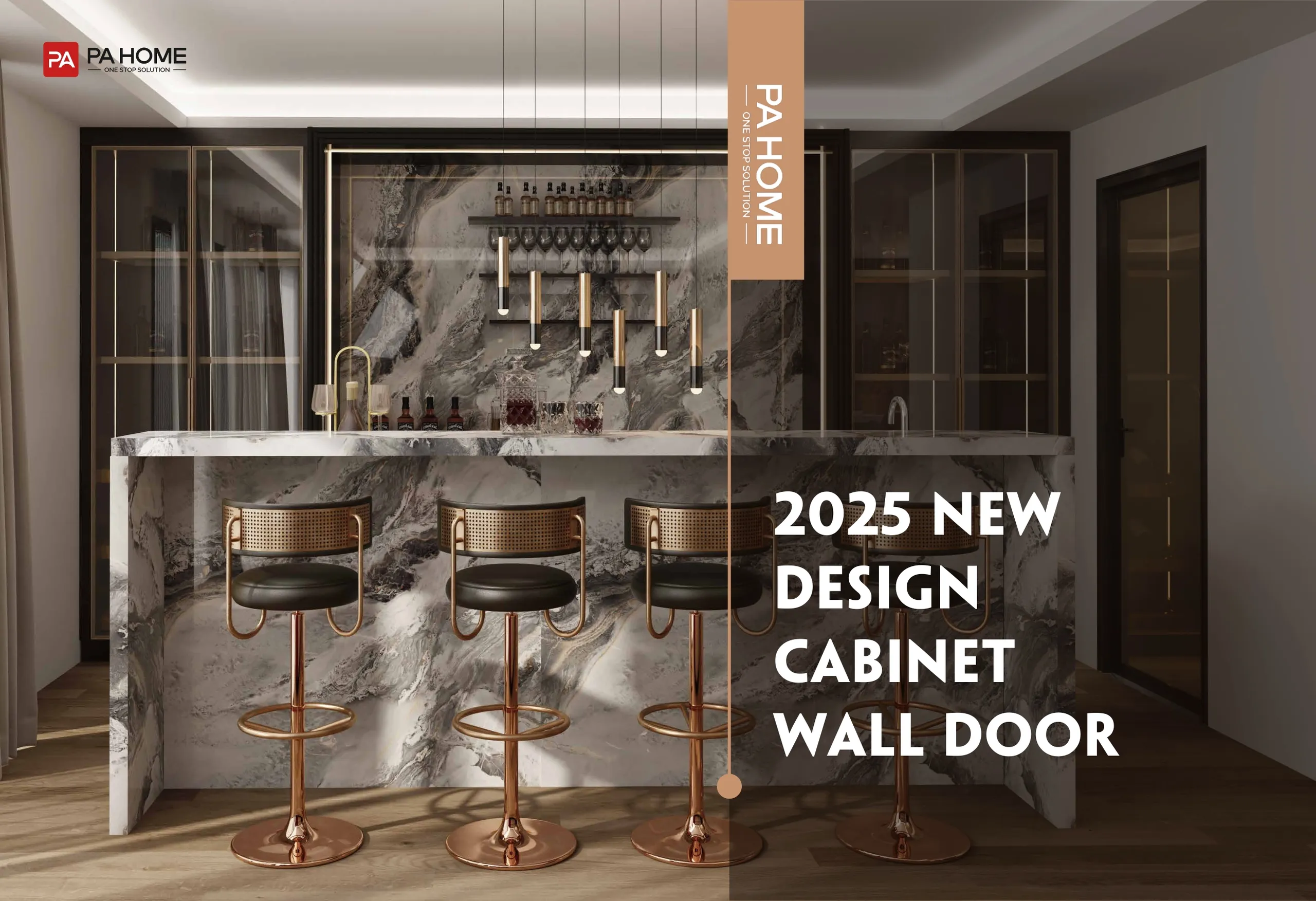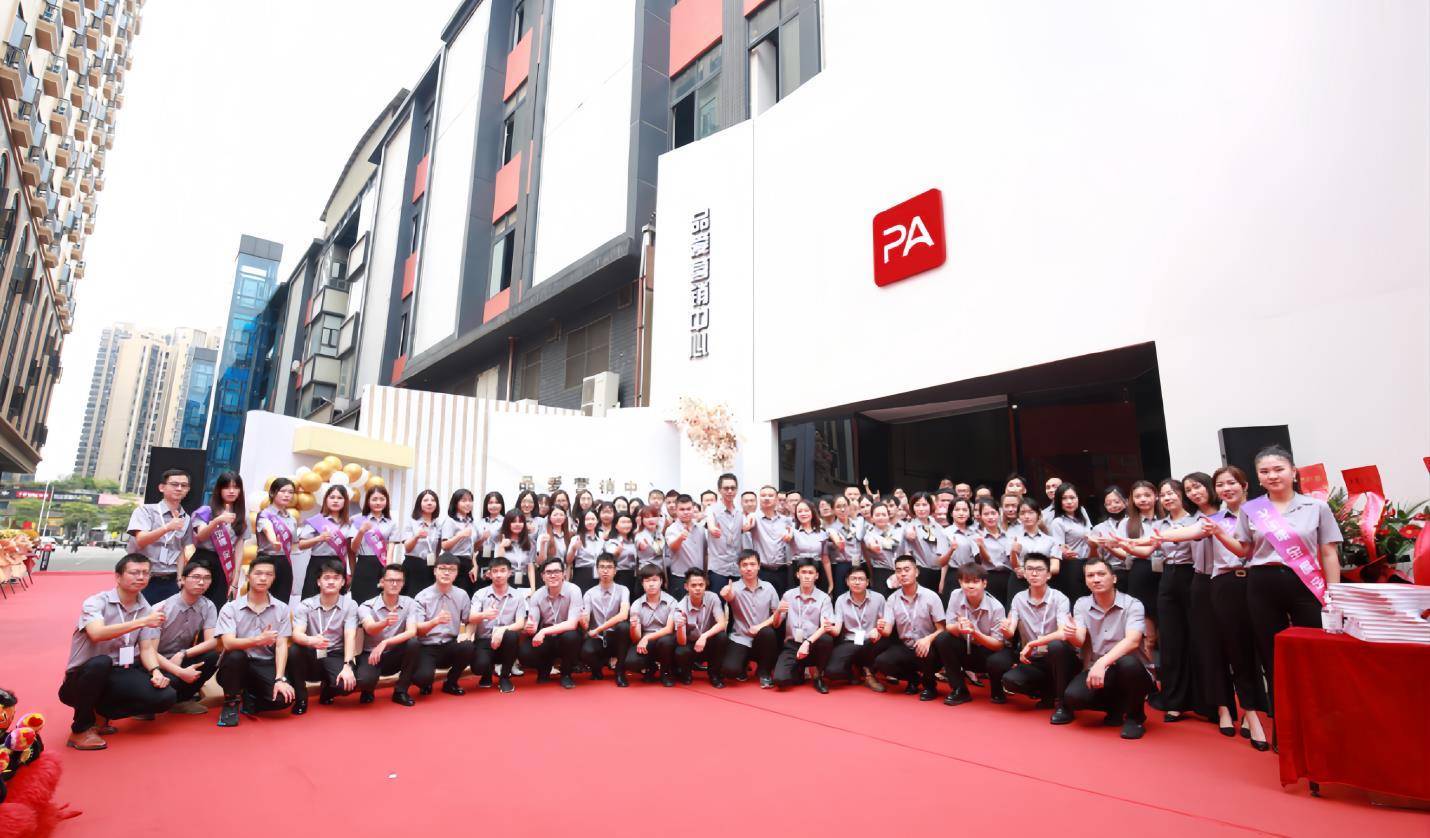Embarking on a commercial construction project is a significant endeavor that requires careful planning, strategic partnerships, and a clear understanding of the process. Whether you’re looking to build a new office complex, retail space, or industrial facility, this guide will provide you with the essential knowledge to navigate the commercial construction landscape effectively.
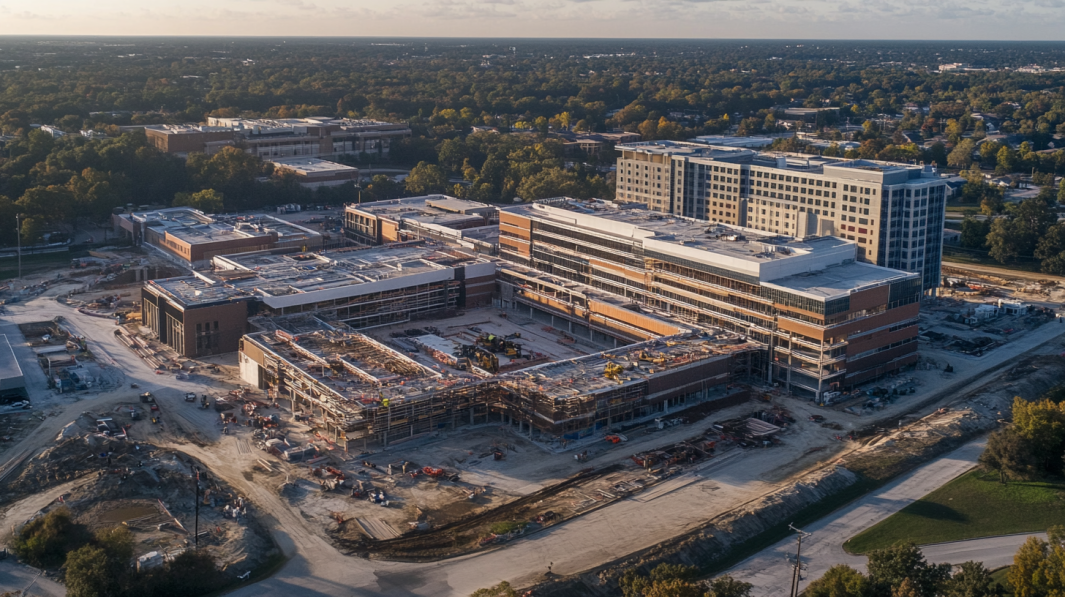
1. What is Commercial Construction?
Commercial construction involves the planning, design, and building of structures intended for business purposes. These projects range from office buildings and shopping centers to warehouses and manufacturing plants. The primary goal is to create functional, safe, and aesthetically pleasing spaces that meet the specific needs of businesses and their clients.
2. What is the Purpose of Commercial Construction?
The main objectives of commercial construction include:
- Business Expansion: Providing companies with the physical space needed to grow and operate efficiently.
- Economic Development: Contributing to local economies by creating jobs and stimulating business activities.
- Community Enhancement: Developing infrastructure that serves the public, such as schools, hospitals, and recreational facilities.
3. Top Commercial Construction Companies in the USA
Partnering with a reputable construction company is crucial for the success of your project. Here are five leading commercial construction firms in the United States:
McCarthy Building Companies
Specializes in healthcare, education, and commercial projects, known for their commitment to safety and quality. Headquartered in St. Louis, Missouri, McCarthy has been a trusted name in the construction industry for decades.
Turner Construction
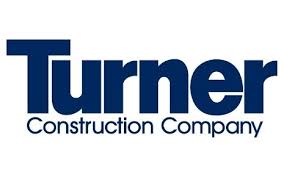
One of the largest construction companies, offering services in various sectors including commercial, residential, and industrial. Headquartered in New York City, Turner Construction is recognized as a leader in large-scale construction projects.
Kiewit Corporation
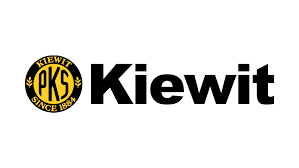
Headquartered in Omaha, Nebraska, Kiewit is a construction and engineering firm known for its work in mining, transportation, and power sectors. Founded in 1884, Kiewit has grown into a Fortune 500 company with a diverse portfolio of projects.
Bechtel Corporation

Based in Reston, Virginia, Bechtel is a global engineering, procurement, and construction company specializing in large-scale projects across multiple industries, including energy, infrastructure, and government services.
Whiting-Turner
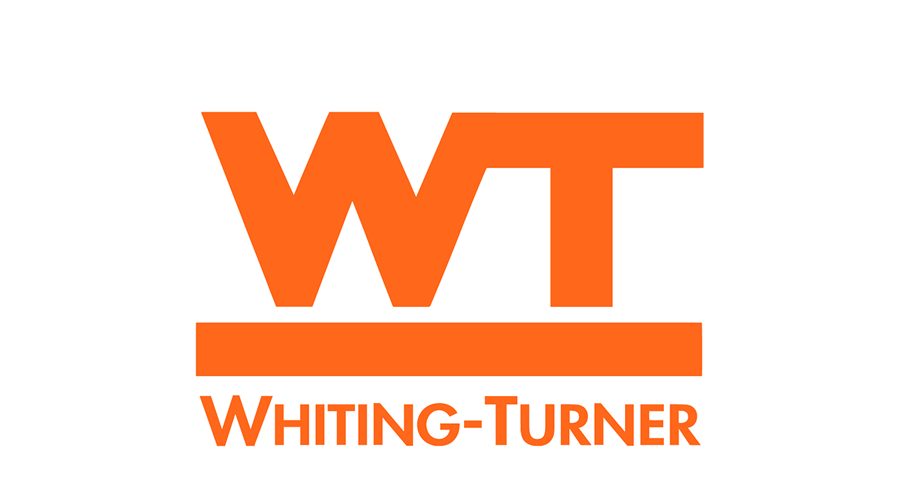
Located in Baltimore, Maryland, Whiting-Turner is a leading construction management and general contracting firm. They have a strong presence in healthcare, education, and retail sectors, with a focus on quality and safety.
Clark Construction Group
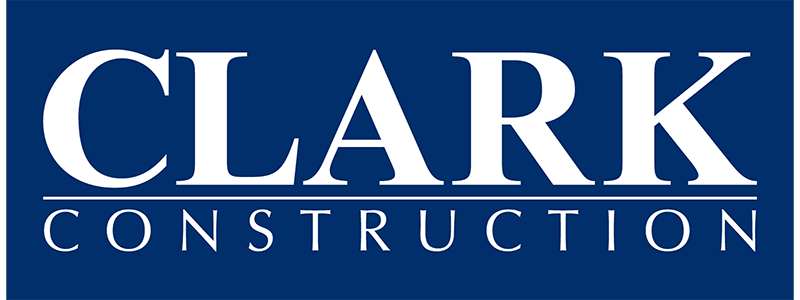
Located in Bethesda, Maryland, Clark Construction is one of the largest general contractors in the U.S. specializing in complex projects in commercial, residential, and public infrastructure.
4. Levels of Commercial Construction
Commercial construction projects vary in scale and complexity:
- Small-Scale Projects: Includes single-story buildings, small retail shops, and minor renovations.
- Medium-Scale Projects: Encompasses multi-story office buildings, mid-sized shopping centers, and educational facilities.
- Large-Scale Projects: Involves skyscrapers, large industrial complexes, and expansive mixed-use developments.
5. 7 Types of Commercial Construction Projects
Commercial construction projects vary widely in scope, design, and function. Each type requires specific expertise, materials, and project management strategies. Here are 7 common types of commercial construction projects:
1) Retail Construction
Retail construction includes shopping malls, standalone retail stores, and showrooms. These projects focus on creating spaces that enhance the customer experience while ensuring functionality for store operations. Design features often include high ceilings, large windows for displays, and open layouts to accommodate foot traffic.
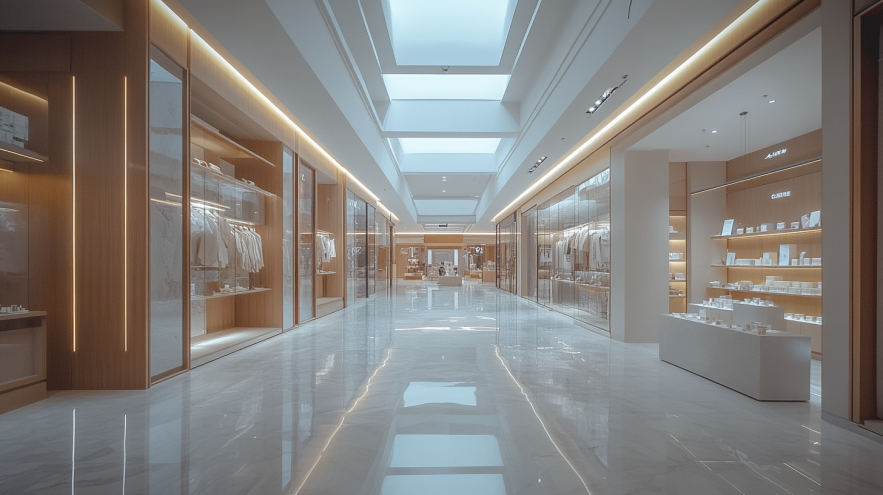
2) Office Buildings
Office buildings are designed to house businesses and organizations. These projects can range from single-story office complexes to towering skyscrapers. The design often incorporates features like flexible workspaces, meeting rooms, and employee amenities such as cafeterias or gyms. Many office buildings today also emphasize sustainability, with energy-efficient designs becoming more common.
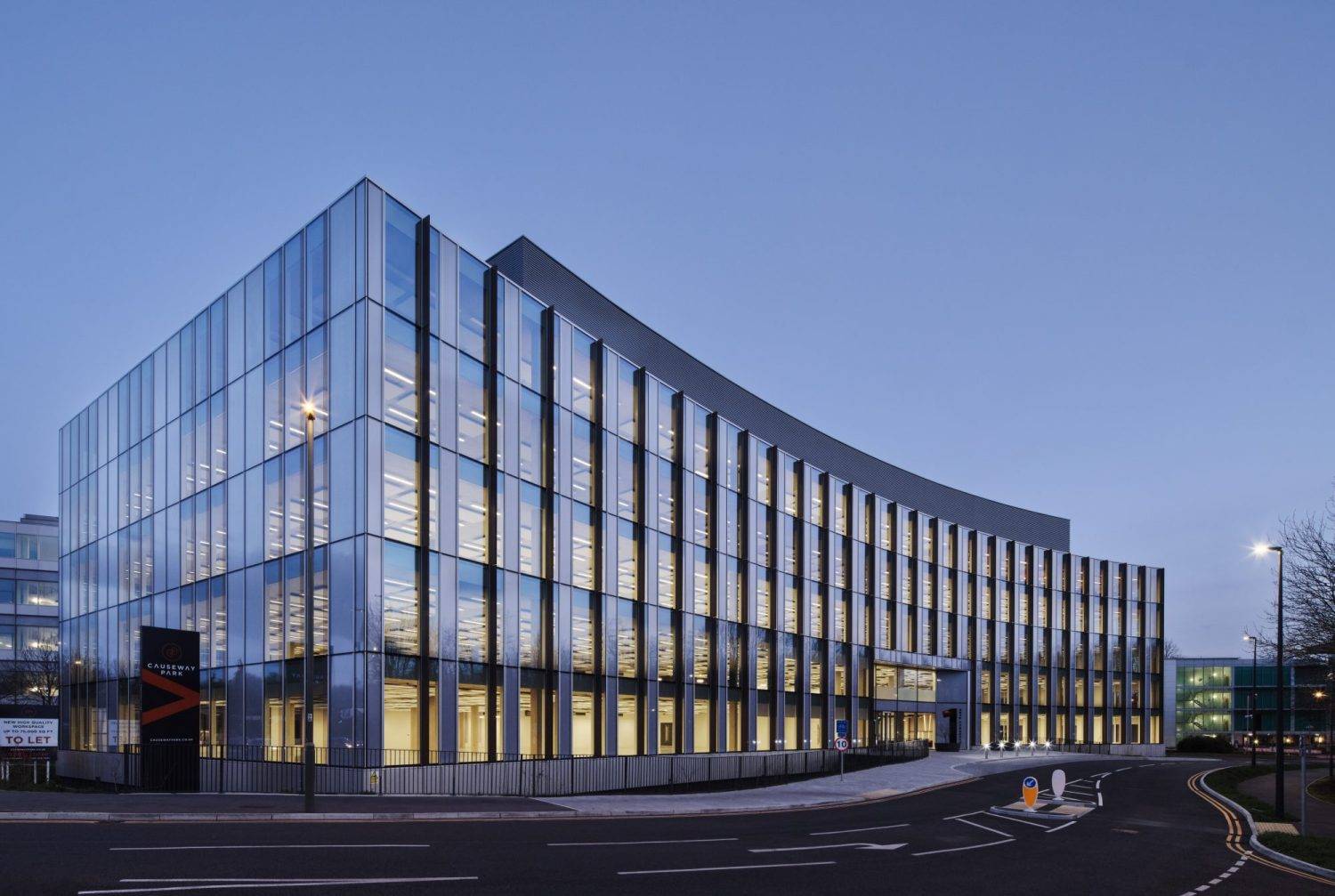
3) Industrial Facilities
Industrial facilities are constructed to support manufacturing, warehousing, and distribution activities. These projects often include factories, warehouses, and distribution centers. They require specialized design elements such as reinforced floors to support heavy machinery, large open spaces for production lines, and high ceilings to accommodate large equipment.
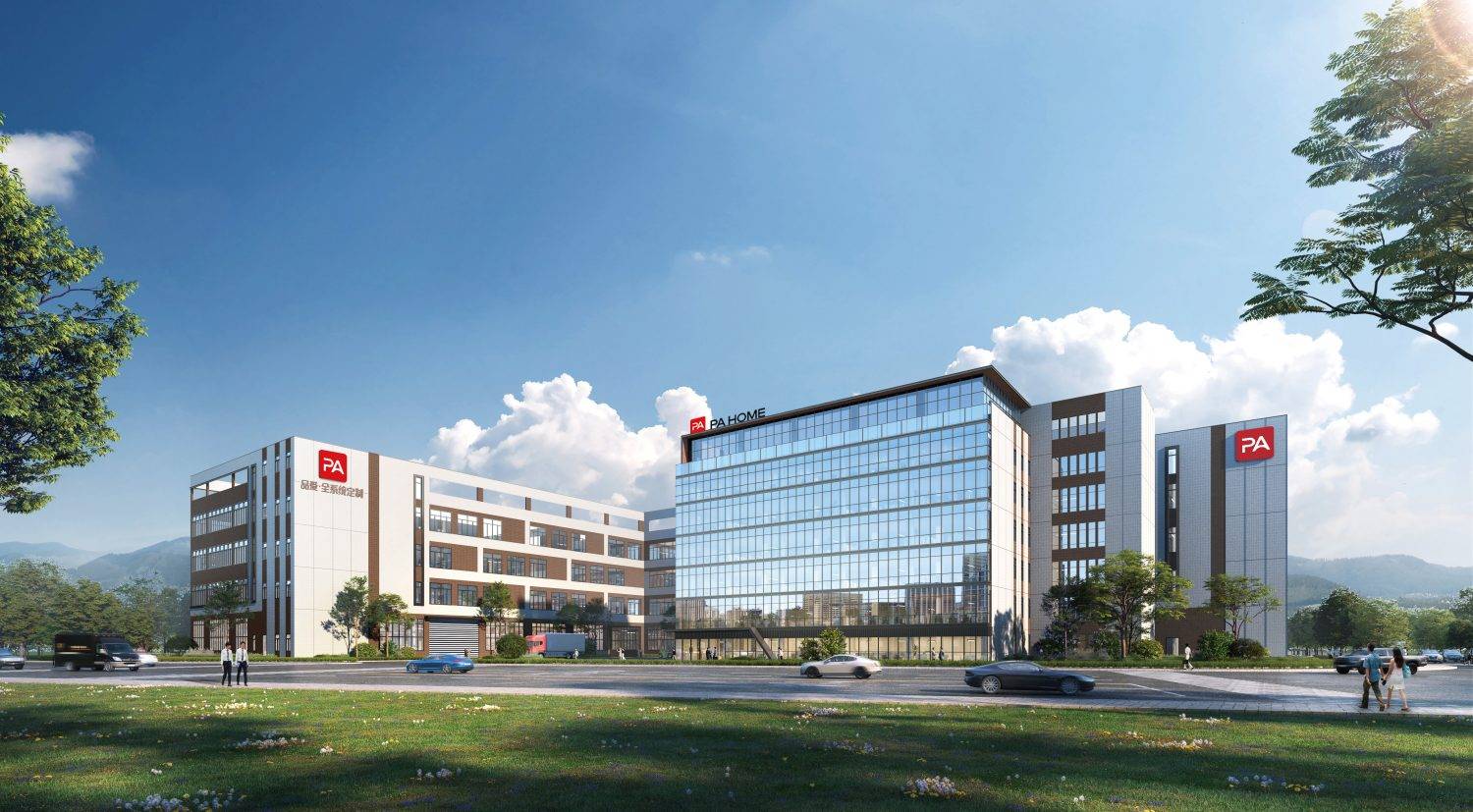
4) Healthcare Construction
Healthcare facilities, including hospitals, clinics, and medical centers, require specialized construction. These facilities need complex systems for ventilation, sanitation, and medical equipment. Healthcare buildings are also designed to prioritize patient care, with features such as comfortable waiting areas, specialized treatment rooms, and patient rooms that ensure a healing environment.
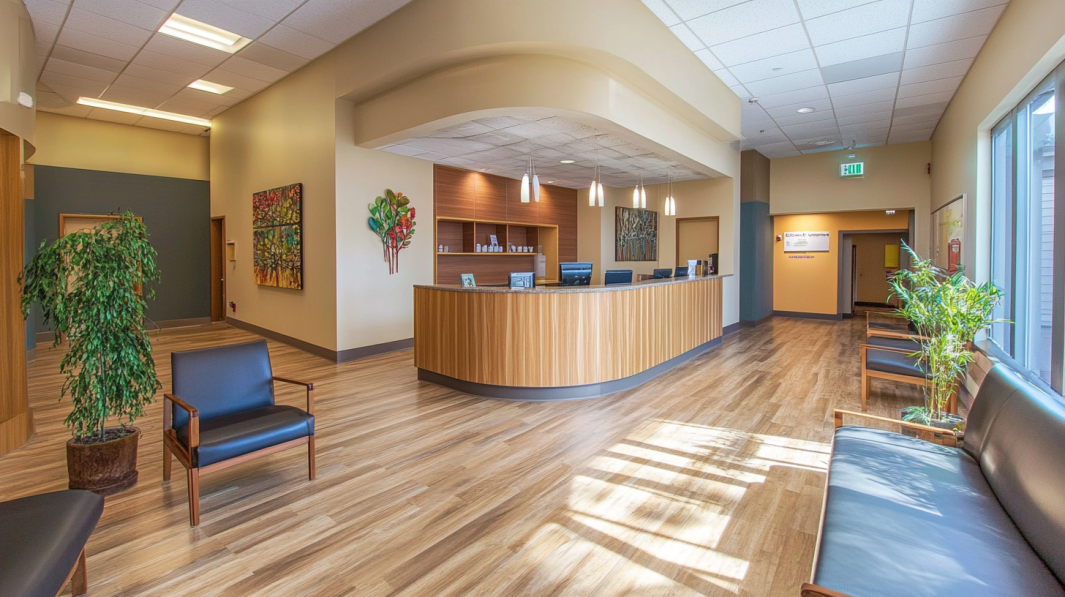
5) Educational Institutions
Schools, universities, and other educational facilities require construction that balances functionality with an environment conducive to learning. These projects often include classrooms, auditoriums, sports facilities, and dormitories. Special attention is paid to safety and security, as well as creating spaces that foster collaboration and creativity. Green spaces, communal areas, and energy-efficient buildings are also becoming increasingly common in educational facility design.
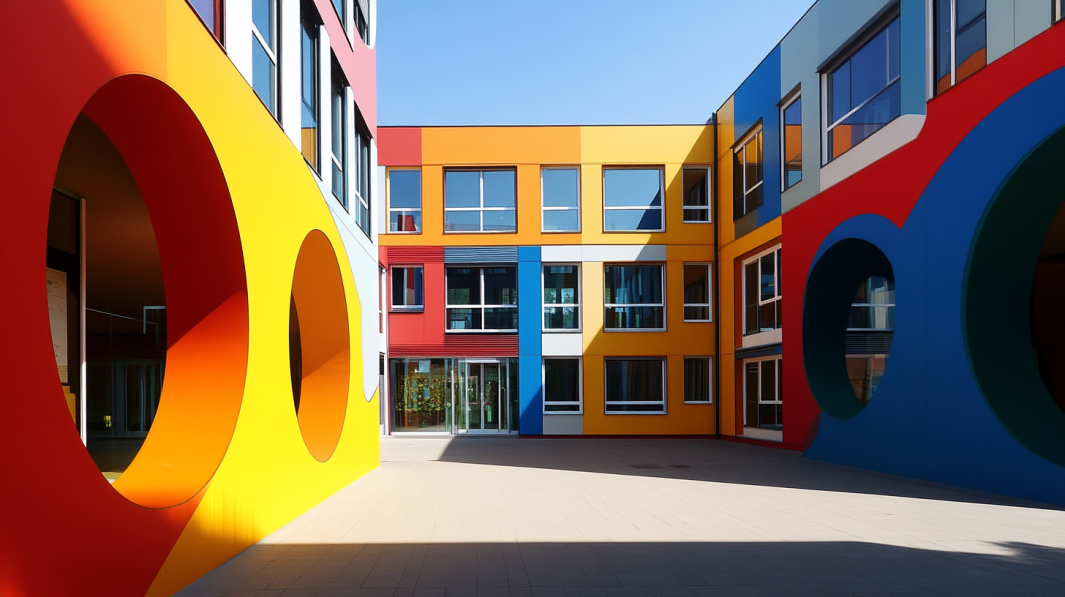
6) Hospitality Construction
Hospitality construction includes projects such as hotels, resorts, and conference centers. These buildings are designed to create comfortable, inviting spaces for guests. In addition to guest rooms, these projects may feature amenities such as restaurants, pools, spas, and event spaces. The goal is to create a memorable experience for visitors while offering practical accommodations.
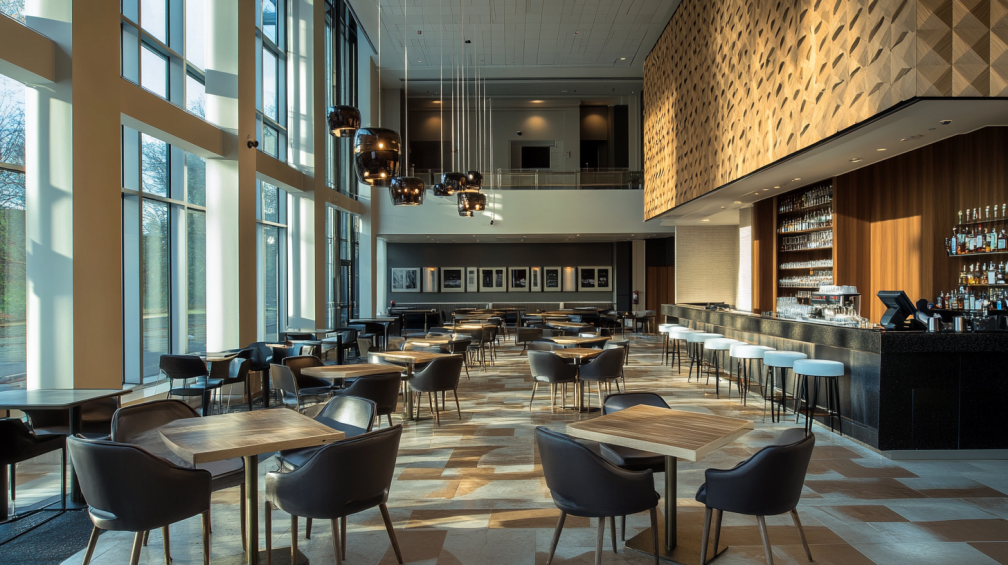
7) Public Sector Construction
Public sector construction projects include government buildings, libraries, community centers, and civic facilities. These projects are designed to serve the public and provide essential services. They must adhere to strict safety standards, be accessible to all individuals, and often require a high level of transparency in the bidding and construction process.
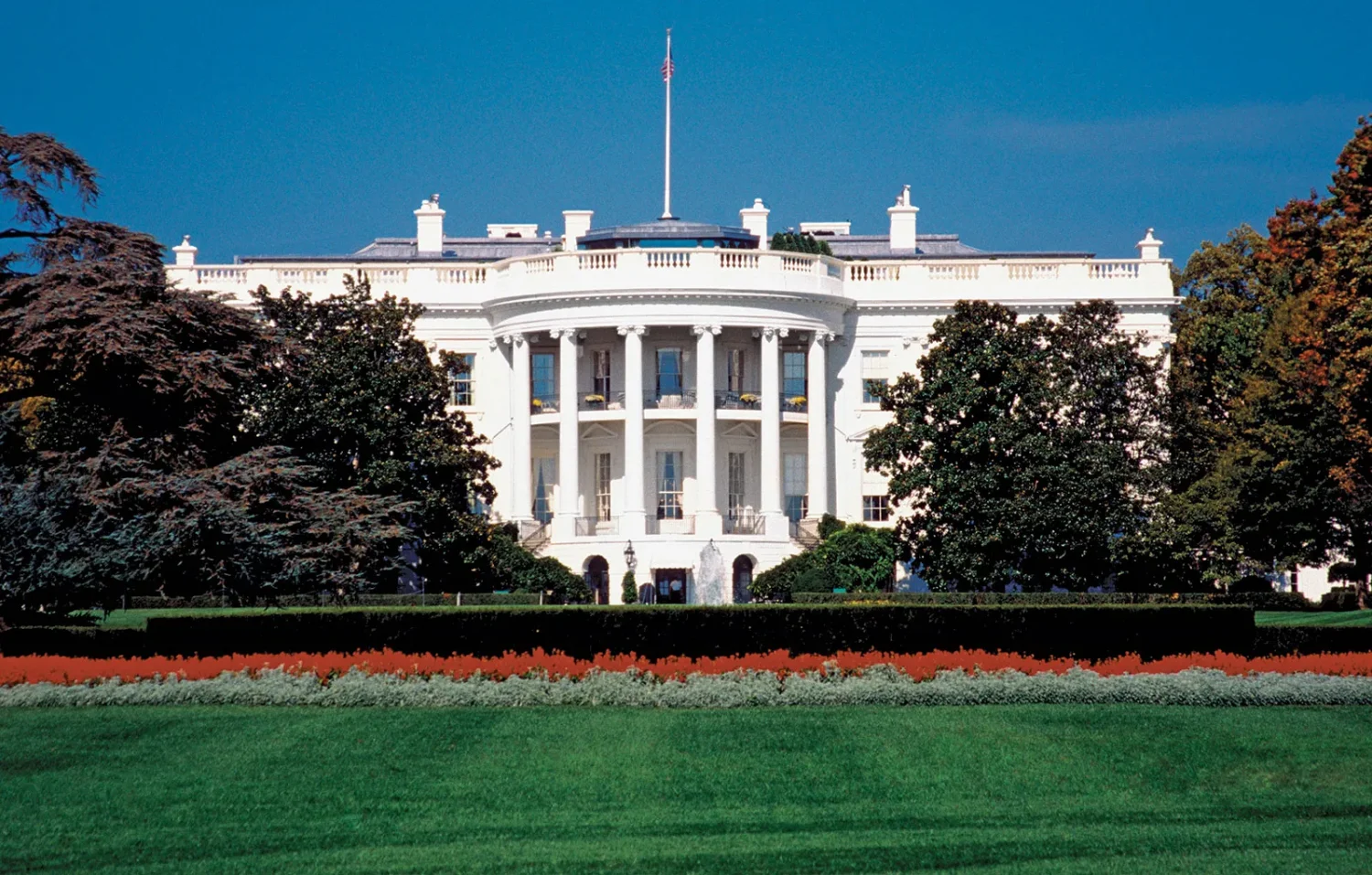
6. Difference Between Commercial Construction and Other Kinds of Construction
Commercial construction differs from residential and industrial construction in several ways:
- Purpose: Commercial projects are designed for business operations, while residential construction projects cater to living spaces, and industrial projects focus on manufacturing and production.
- Design and Functionality: Commercial buildings prioritize functionality, accessibility, and compliance with business regulations.
- Regulatory Requirements: Commercial constructions must adhere to specific codes and standards, including accessibility laws and safety regulations.
7. Cost of Commercial Construction
The cost of commercial construction varies based on factors such as location, building type, materials, and design complexity. On average, commercial construction costs range from $100 to $200 per square foot. It’s essential to consult with contractors to obtain accurate estimates tailored to your specific project needs.
8. Commercial Building Construction Process
The construction process typically involves the following stages:
- Planning and Design: Developing architectural plans, obtaining permits, and finalizing designs.
- Pre-Construction: Selecting contractors, securing financing, and preparing the site.
- Construction: Breaking ground, building the structure, and installing systems.
- Post-Construction: Final inspections, obtaining occupancy permits, and handing over the building to the owner.
9. Common Challenges in Commercial Construction
Businesses may encounter several challenges during commercial construction:
- Budget Overruns: Implementing detailed budgeting and contingency planning can help manage costs effectively.
- Delays: Establishing clear communication channels and realistic timelines can mitigate scheduling issues.
- Quality Assurance: Regular inspections and adherence to quality standards ensure the final product meets expectations.
10. Innovations Shaping the Future of Commercial Construction
The commercial construction industry is evolving with technological advancements:
- Sustainable Practices: Incorporating eco-friendly materials and energy-efficient designs reduces environmental impact.
- Technology: The use of Building Information Modeling (BIM), drones, and robotics improves efficiency and accuracy in construction.
Conclusion
Commercial construction plays a pivotal role in business development by creating spaces that support growth and innovation. Partnering with a trusted construction firm can ensure the success of your project, utilizing the latest technology and industry best practices.
Partner with Guangdong PA Home Co., Ltd.
At Guangdong PA Home Co., Ltd., we specialize in offering comprehensive and customized solutions for commercial construction projects. With over 17 years of experience, we have successfully completed more than 42,000 projects globally. Our product range includes cabinets, aluminium windows & doors, wall panels, and bathroom systems—all produced using advanced automated production lines to ensure quality and precision.
Whether you’re looking to develop a new office space or an industrial complex, our team is here to help bring your vision to life. Contact us today to discuss your next commercial project.
For more information or to discuss your upcoming project, reach out to PA Home today!
FAQs
Commercial construction involves building structures intended for business purposes, such as office buildings, shopping centers, and industrial facilities. These projects often require compliance with stricter building codes and regulations due to their scale and public accessibility. In contrast, residential construction focuses on homes and living spaces, typically adhering to different standards and regulations.
The cost of commercial construction varies widely based on factors like location, building type, materials, and design complexity. On average, commercial construction costs range from $100 to $200 per square foot. It’s essential to consult with contractors to obtain accurate estimates tailored to your specific project needs.
Yes, commercial renovations typically require permits to ensure compliance with local building codes and safety regulations. The specific permits needed depend on the scope of the renovation and local laws. It’s advisable to consult with your contractor and local authorities to determine the necessary permits for your project.


